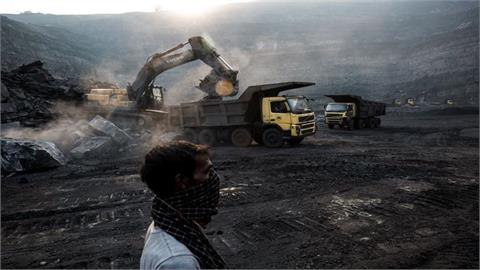The International Energy Agency (IEA) has declared that it expects the oil market to be balanced in the second half of 2016, as the agency revised global oil demand growth forecasts upwards and noted that last month there had been the "first significant drop" in global oil supply since 2013.
Growth in global oil demand will reach around 1.3 million barrels a day (mb/d) in 2016, the IEA said in its latest monthly report published on Tuesday. While in 2017, it predicts "we will see the same rate of growth and global demand will reach 97.4 mb/d."
Non-OECD (Organization for Economic Co-operation and Development) nations will provide most of the expected gains in both years, the IEA said, adding that "the growth rate is slightly above the previous trend, mostly due to relatively low crude oil prices."
On the supply side, the IEA signaled that a glut in supply that has caused oil prices to fall since mid-2014 could be dissipating. In May, for instance, outages in OPEC and non-OPEC countries cut global oil supply by nearly 800,000 barrels a day last month.
For May, the IEA said output stood at 95.4 mb/d which was 590,000 b/d below the level seen a year earlier – "the first significant drop since early 2013."
With oil demand growth rising and global oil supply easing, the IEA said that, "assuming no further surprises, in the second half of 2016 we expect the oil market to be balanced, with a small stock draw in the third quarter of 2016 offset by a small stock build in the fourth quarter of 2016."
Tempering that prediction slightly, the IEA noted that although markets look to be rebalancing as of this month "we must not forget that there are large volumes of shut-in production, mainly in Nigeria and Libya, that could return to the market, and the strong start for oil demand growth seen this year might not be maintained."
"In any event, following three consecutive years of stock build at an average rate close to 1 mb/d there is an enormous inventory overhang to clear. This is likely to dampen prospects of a significant increase in oil prices," it said.
The report comes as oil markets are showing a tentative if unsettled recovery in which geopolitical concerns are currently dominating price movements rather than an over-supply (and failure of demand to keep up) that caused prices to decline from around $114 a barrel in June 2014 to a low of just below $27 a barrel in January.
Oil prices have been hovering around $50 a barrel for the past three weeks but rising fears over global growth and an impending vote on Britain's membership of the European Union are rattling oil markets this week and prices have slipped as the dollar has edged higher.
In early trade on Tuesday, Brent crude futures fell 38 cents since their last settlement to trade below $50 a barrel at $49.97. U.S. crude was also down 44 cents at $48.44 a barrel.
OPEC's decision in November 2014 to defend its market share in the face of rival producers rather than the price of oil – which it could have done by cutting production – meant that non-OPEC producers with higher production costs (such as those in the U.S. shale oil industry) were pressured to cut output and production.
The IEA noted on Tuesday that non-OPEC supply growth was "expected to return in 2017," however, "at a modest 200,000 b/d, after declining by 900,000 b/d in 2016."
Outlook 'transformed'
Summarizing its forecasts for supply and demand, the IEA cautiously said that its previous estimates of the surplus of supply over demand had been overdone.
"In January, we estimated that the surplus of supply over demand in the first half of 2016 would be 1.5 mb/d. Today, with all the usual caveats about data revisions to come, it looks as if the figure is about 800,000 b/d," it said.
"Even in January when the price of oil fell to its lowest level since November 2003 we knew that the oil market would re-balance in the reasonably foreseeable future, even though, in the meantime, a lot of surplus oil would be added to bulging stocks," before adding that "we now know that less oil has been stock-piled than we originally expected."
It said that since January and June, two main factors had "transformed" the outlook for oil: stronger-than-expected oil demand growth and unexpected supply cuts, such as the Canadian wildfires and militant action in Nigeria and Libya that has dramatically cut output.
"First, oil demand growth has been significantly stronger than we expected. Firm data for the first quarter of 2016 shows year-on-year growth of 1.6 mb/d versus an initial expectation of 1.2 mb/d. Accordingly, we have slightly increased our demand growth number for 2016 as a whole to 1.3 mb/d," it said.
"The second main factor to transform the outlook has been unexpected supply cuts … Canada's shut-in production will fully return in the near future but the troubles in Nigeria and Libya look to be long-standing. This current list of shut-ins might soon be augmented by Venezuela where the deteriorating situation could affect the operations of the oil industry," it added.
(www.cnbc.com)



